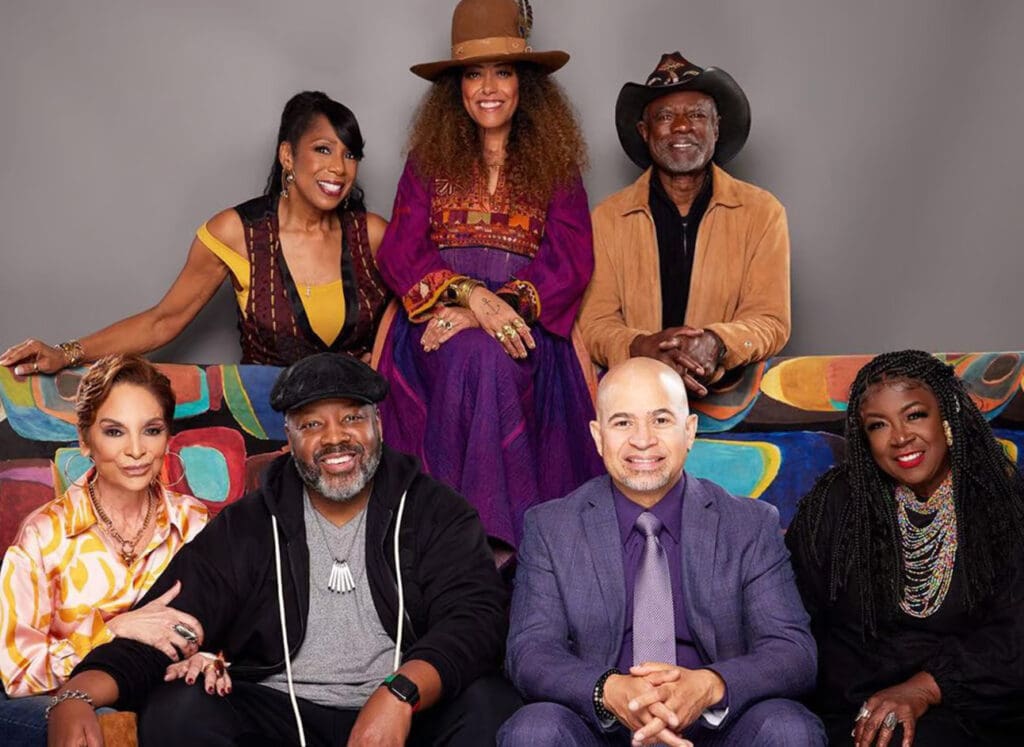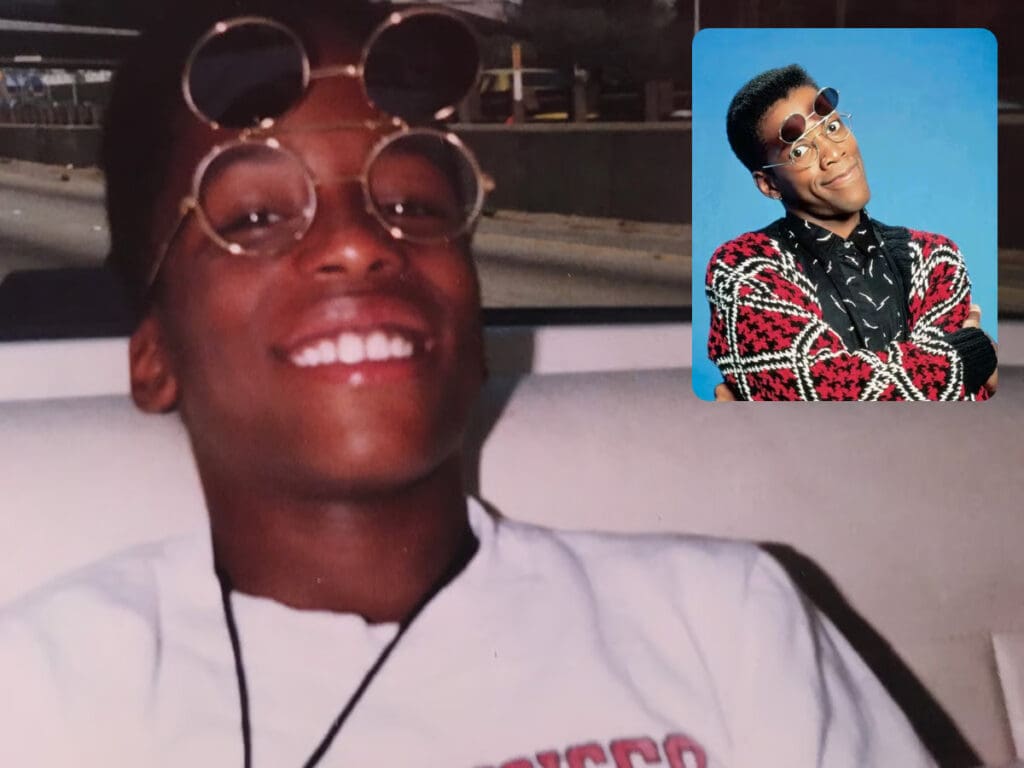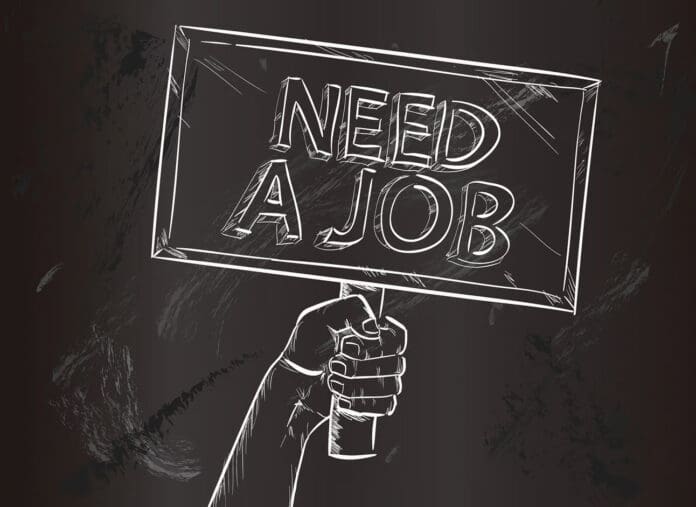ACADEMIC AFFAIRS
College Grad Employment Challenges
The report “Talent Disrupted” finds many college graduates are in roles that don’t require a college degree. The report, a collaborative effort by the Burning Glass Institute and Strada Institute for the Future of Work, delves into the stark realities and the persistent issue of underemployment among college graduates.
Even in a tight labor market, over half of the graduates are found to be underemployed soon after graduation, with a significant number remaining so even a decade later. The crucial factor identified is the initial job placement post-graduation, which significantly influences long-term employment trajectories.
Factors impacting underemployment
- College major: Major selection is vital as a college degree alone does not guarantee a high-paying job
- Relevant experience: Internships and relevant experience helps a lot. The study shows that securing an internship while pursuing undergraduate studies reduces the risk of underemployment by almost 50%.
- Demographic characteristics: Black and Hispanic students are substantially more likely than students of other races and ethnicities to wind up underemployed, and men are more likely to be underemployed than women.
- Where graduates live and work
The comprehensive analysis underscores the urgency for actionable solutions that align educational outcomes with labor market demands, ensuring that the promise of higher education as a bridge to economic opportunity is fulfilled for all graduates.
🦁 Leadership Lessons »
Navigating the employment landscape requires more than strategic educational choices; it requires a deep understanding of the market’s evolving needs. The “Talent Disrupted” report highlights the imperative of aligning educational pathways with the realities of the job market, stressing the importance of:
- Fostering robust connections between educational institutions and industry to ensure that curricula remain relevant and responsive to the labor market’s demands.
- Encouraging students to engage in internships and practical experiences that enhance their employability and align their skills with real-world requirements.
- Creating a culture of continuous learning and adaptability among students to prepare them for a dynamic and unpredictable job market.
🎯 Cabinet Conversation »
- Reflect on your institution’s current strategies to enhance student employability. Are they in sync with the evolving job market?
- How can your institution deepen its engagement with industry partners to ensure programs are relevant and future-focused?
- What initiatives can be introduced to encourage students to pursue internships and practical experiences, bridging the gap between academic learning and professional requirements?

DIVERSITY, EQUITY & INCLUSION
A Different World Reunion Tour


😁 This makes me smile: The 80’s sitcom cast of A Different World kicks off its 10-city reunion tour celebrating the legacy and educational accomplishments of HBCUs nationwide. The groundbreaking sitcom debuted on September 24, 1987. It informed and inspired a generation and played an important role in developing cultural pride within the Black community.
🙅🏾♂️ I’m living proof of this. As a kid, I watched A Different World, and it was literally “A Different World.” And now, as a first-generation graduate, I can say that seeing myself on the screen, made all the difference in my world. Representation matters!
P.S. ~ Who else wanted to be Dwayne Wayne growing up? I know I’m not the only one.👇️



HELPING STUDENTS SUCCEED
What You Need To Know


Transitioning part-time students to full-time can dramatically increase graduation rates. A new study reveals that students taking full-time course loads are seven times more likely to graduate than their part-time peers. Challenges exist for students and institutions, but strategic changes, like improved scheduling and clearer pathways, can significantly enhance completion rates. Examples include Germanna Community College’s success in reducing time-to-degree and Odessa College’s enrollment boost through shorter academic terms.
Colleges must simplify re-enrollment for students who drop out. A report by California Competes highlights the overlooked potential of “comebackers,” students who return to college after dropping out. These individuals often face unnecessary hurdles, from bureaucratic red tape to financial aid disqualification. With over 6 million Californians having some college experience but no degree, institutions are encouraged to view comebackers as assets, offering flexible class schedules and reframing support systems to facilitate their successful return and completion.
Hiring managers steer clear of Gen Z: According to Resumebuilder.com, 31% of hiring managers avoid hiring Gen Z candidates. And nearly 4 in 10 employers avoid hiring recent college grads. They cite that younger candidates are not prepared for the workforce. They lack foundational workplace soft skills, which were exacerbated by the pandemic. With nearly 70 million Gen Zers, this presents an opportunity for higher education institutions to help close the gap by enhancing soft-skill and workforce development programs.
A quarter of U.S. college graduates earn less than $15 an hour a decade post-graduation. A recent study by the HEA Group revealed graduates from nearly 25% of American higher education institutions earn less than the equivalent of a $15 minimum wage ten years after completing their degrees. This finding challenges the perceived value of a college education, especially against rising tuition costs and the burden of student loans. While most institutions passed the poverty-line metric, over 1,000 failed to surpass the high school earnings benchmark, raising questions about the return on investment provided by these educational institutions, particularly for-profit colleges and certificate programs. This analysis underscores the need for prospective students to carefully consider their academic choices and highlights the ongoing debate about the accountability of higher education institutions for student outcomes.
Course design significantly influences student perceptions more than teacher performance. A comprehensive analysis of over 6,000 student evaluations reveals that the structure and content of courses play a pivotal role in shaping students’ educational experiences. This study underscores the importance of thoughtful course design in fostering a productive learning environment, suggesting that institutions should prioritize this aspect to enhance perceived quality and student engagement.
Three-Year Degree Programs: A Leap Towards Affordability: Amid growing concerns over college affordability, UMN Morris offers students a chance to complete their bachelor’s degrees in three years across 34 majors. This initiative aligns with efforts to make higher education more accessible and financially feasible, potentially saving students $20,000 in tuition.
Boosting retention and completion rates in higher education: A study analyzing over 1.3 million students reveals that students completing 11 or fewer credits per year only have a 7% probability of graduating. Students taking 18-23 credits per year were 2X more likely to be retained and 7X more likely to graduate than those completing 11 or fewer credits per year.
Black and Hispanic students face higher risks of discontinuing their education, reflecting broader systemic challenges in higher education. Despite a slight uptick in postsecondary enrollment in 2023, Black and Hispanic students are disproportionately considering leaving their programs. The Lumina Foundation-Gallup study highlights emotional stress, mental health, and financial burdens as universal concerns, with financial aid being pivotal for these groups.

Here's How I Can Help
Three ways to take things further with our higher education services, consulting, and training.
Boost Enrollment, Retention, & Transfer
Elevate your communication, marketing, and branding with our Story 360™ done-for-you services, training workshops, and strategy consulting.
Build Strong Culture, Leaders & Teams
Enhance engagement, institutional alignment, culture, and leadership with our Rise of a Leader workshops and training programs.
Story Scorecard™ Strategic Insights
Receive valuable data and tailored strategies from our high-impact assessments to improve enrollment, retention, transfer, leadership, culture, student success, and equity.
P.S. This post took about 5 hours to research & produce.
But only takes 5 seconds to share.
